Image of the Day Archives

For older Image of the Day pictures, please visit the Image of the Day archives. Pictured: NGC 2467.
Lights of a Summer Night
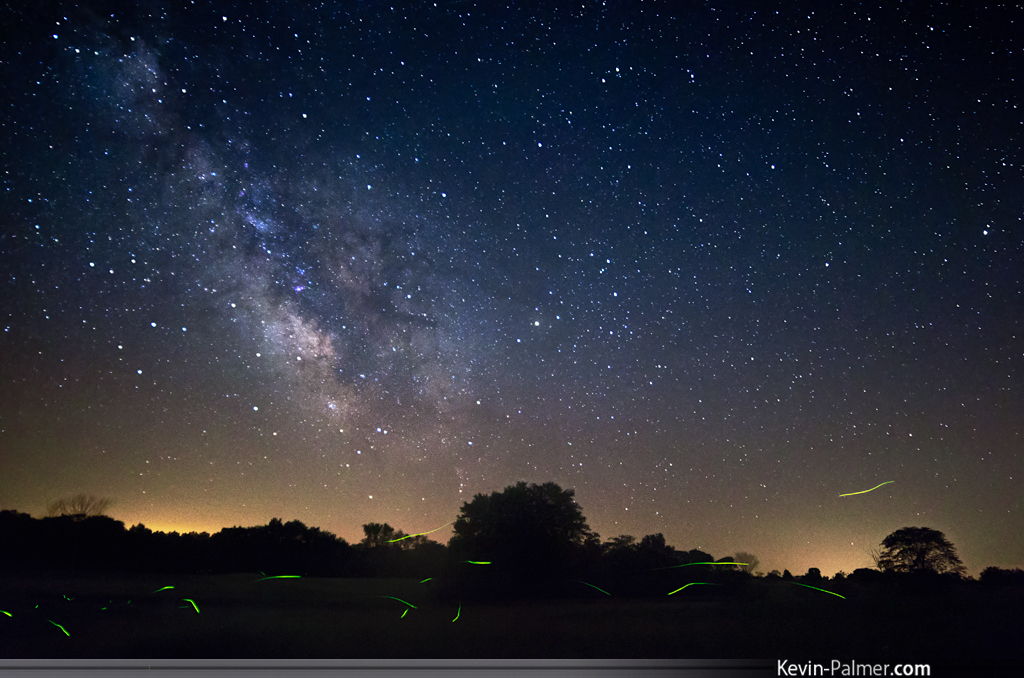
Thursday, August 1, 2013: During early July 2013, Astrophotographer Kevin Palmer visited Weinberg King State Park in western Illinois to escape light pollution. He was hoping to make a time-lapse video of the Milky Way rising, but as he tells it: “After setting up my camera to shoot a sequence of images, the high humidity caused the lens to fog over after only 15 minutes. The video was ruined. But I had noticed the fireflies were very active on this night. When I was sitting down trying to look at a star chart, I had fireflies landing and crawling on me. (But I didn't mind that much, I'll take fireflies over mosquitoes and ticks any day.) When I got home and looked at the shots before the lens fogged up, I noticed lots of green streaks from fireflies at the bottom of the pictures. A popular astrophotography technique is to combine a series of pictures to make a star trail image that shows the stars’ apparent motion through the night sky. I decided to try something different--I took one image of the night sky and combined it with 10 images of the fireflies.” [See Photos: Stunning Night Sky Stargazing Images of July 2013]
— Tom Chao
In These Arms
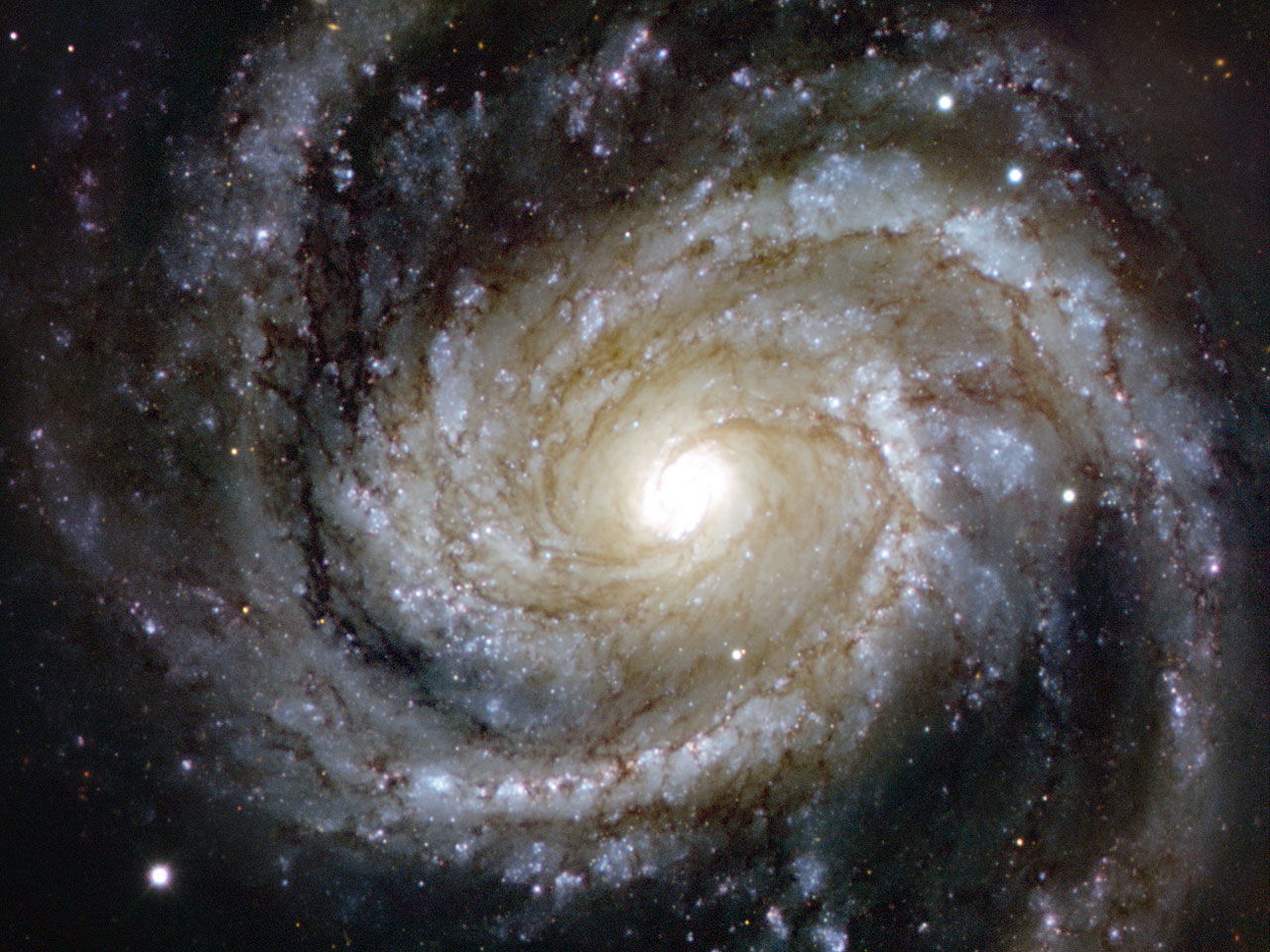
Friday, August 2, 2013: Grand design spiral galaxy Messier 100, located in the southern part of the constellation of Coma Berenices, lies about 55 million light-years from Earth. It faces Earth, presenting a spectacular appearance showing well defined spiral arms. The galaxy also possess the faintest of bar-like structures in the center. The photo shows the main features of a galaxy of this type: clouds of hydrogen gas, glowing redly when re-emitting the energy absorbed from newly born, massive stars; uniform brightness of older, yellowish stars near the center; and black dust trails weaving through the galaxy arms. Messier 100 represents one of the brightest members of the Virgo Cluster, the closest cluster of galaxies to our galaxy, the Milky Way.
— Tom Chao
Reach a Hand to the Crescent Moon
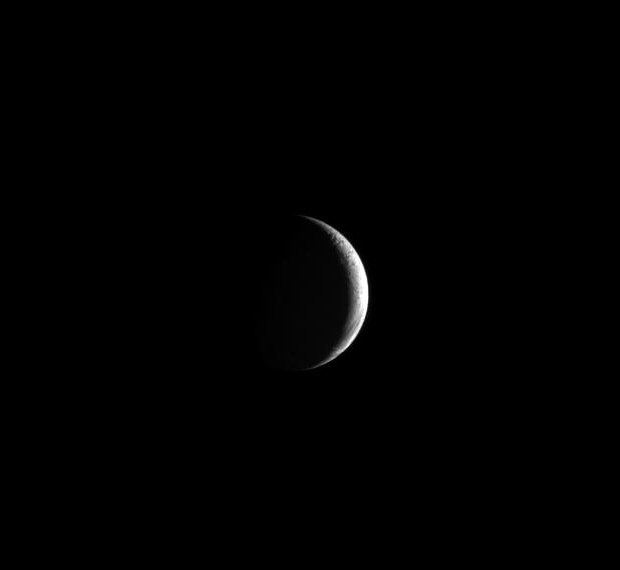
Monday, August 5, 2013: Is this Earth’s moon? No, it is a crescent Enceladus, one of Saturn’s moons. Lit terrain seen here lies on the Saturn-facing hemisphere of Enceladus. Cassini spacecraft took the image in visible light with the narrow-angle camera on May 1, 2013. The spacecraft acquired the view at a distance of approximately 329,000 miles (530,000 kilometers) from Enceladus.
— Tom Chao
Two Rocks Are Better Than One

Tuesday, August 6, 2013: August 5, 2013, marked the one-year anniversary of Mars rover Curiosity's arrival on Mars. An image acquired by the rover shows a rise topped by two gray rocks, informally named "Twin Cairns Island." The two gray rocks, combined, stretch about 10 feet (3 meters) wide, as seen from this angle. The rover used its Mast Camera to take the component images of this scene on the 343rd Martian day, or sol, of the rover's work on Mars, July 24, 2013. This photo has been white-balanced to show what the scene would look like under Earth lighting conditions, to aid in distinguishing and recognizing materials in the rocks and soil. [See
I’ve Got My Orange Belt
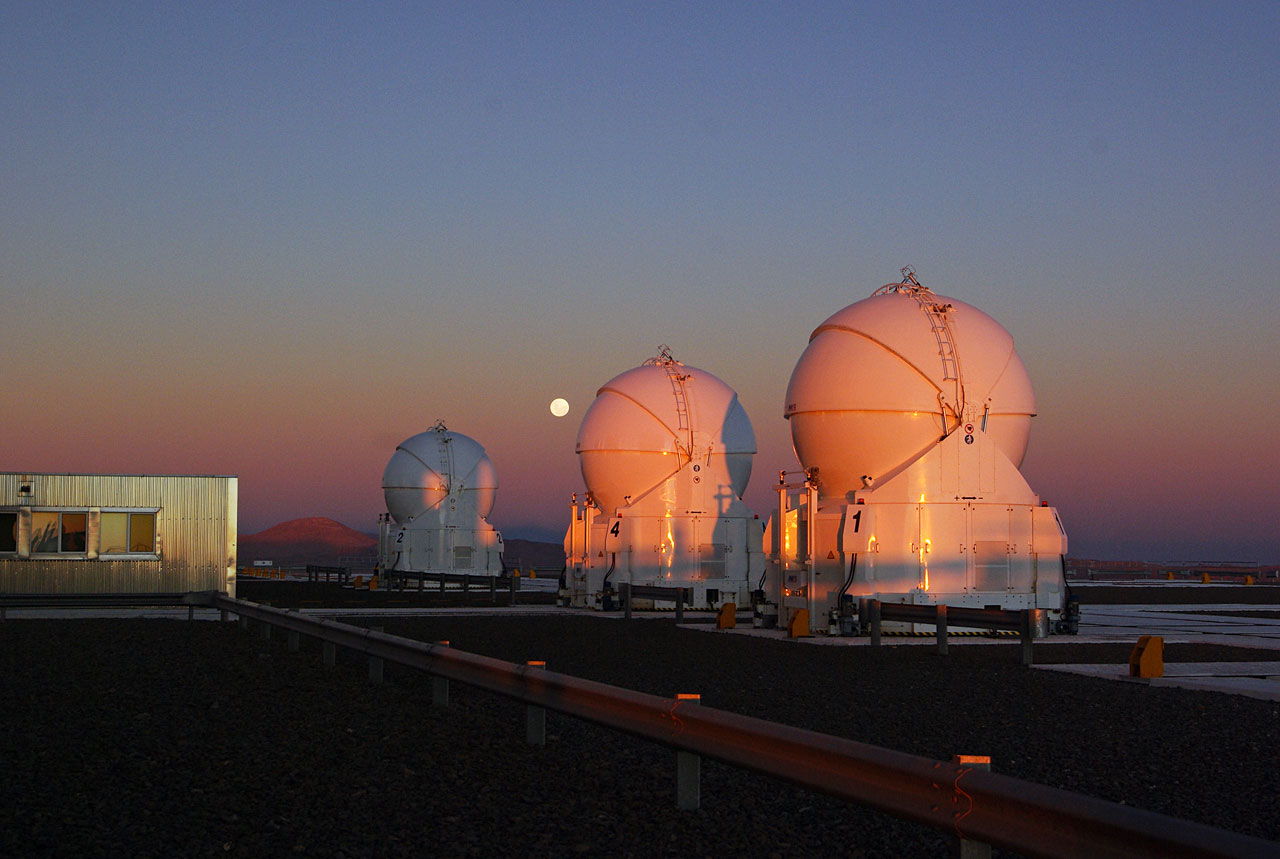
Wednesday, August 7, 2013: An almost full moon hangs above Paranal Observatory in Chile, seconds after the sun has disappeared behind the horizon. The orange glow of the sunset shines on the 1.8-metre VLT Auxiliary Telescopes. The intriguing part of the image hangs in the sky beyond, the atmospheric phenomenon known as the Belt of Venus. The shadow of the Earth creates the grey-bluish shadow above the horizon, and right above glows a pinkish band. The reddened light of the setting sun being backscattered by the Earth's atmosphere produces the phenomenon. This effect can also appear right after sunset, or a similar effect can appear during a total solar eclipse.
— Tom Chao
Wild Colors
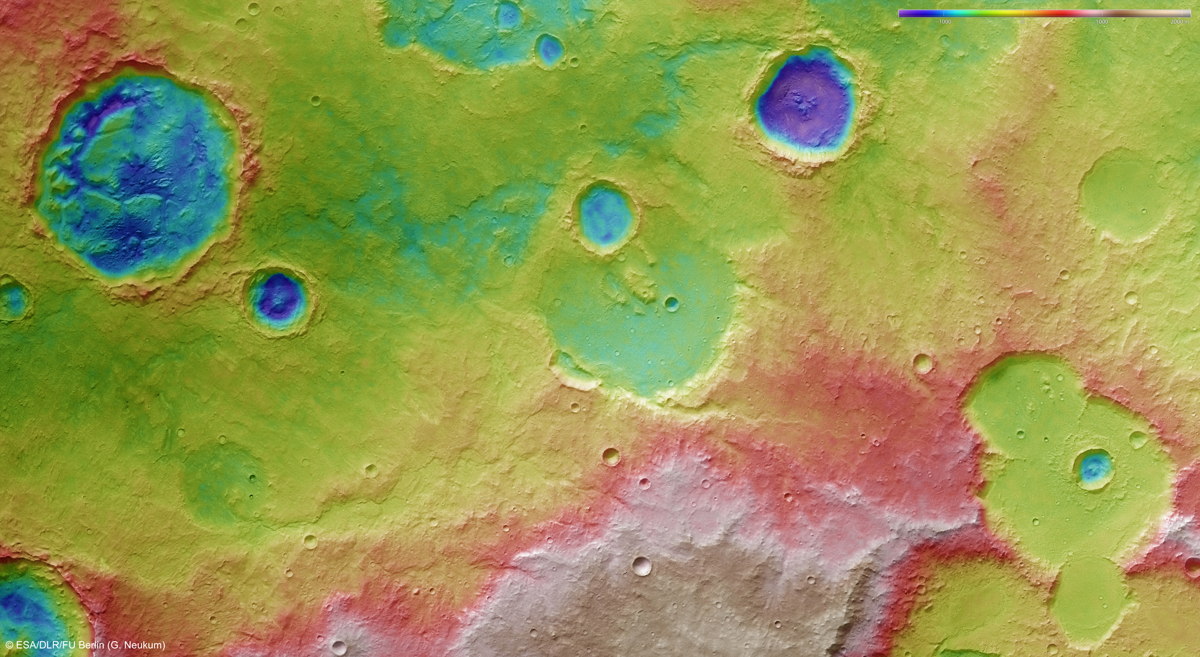
Thursday, August 8, 2013: The region of Mars to the north of Hesperia Planum, including part of the Tagus Valles, appears in a color-coded overhead digital terrain model acquired by ESA’s Mars Express spacecraft. (Blue indicates lower elevation.) Evidence of a watery past for the larger crater at top left can be seen in the top right of the crater in the shape of a small, winding river channel. The view was taken on 15 January 2013, during orbit 11504.
— Tom Chao
Get the Space.com Newsletter
Breaking space news, the latest updates on rocket launches, skywatching events and more!
Will the Circle Be Unbroken?
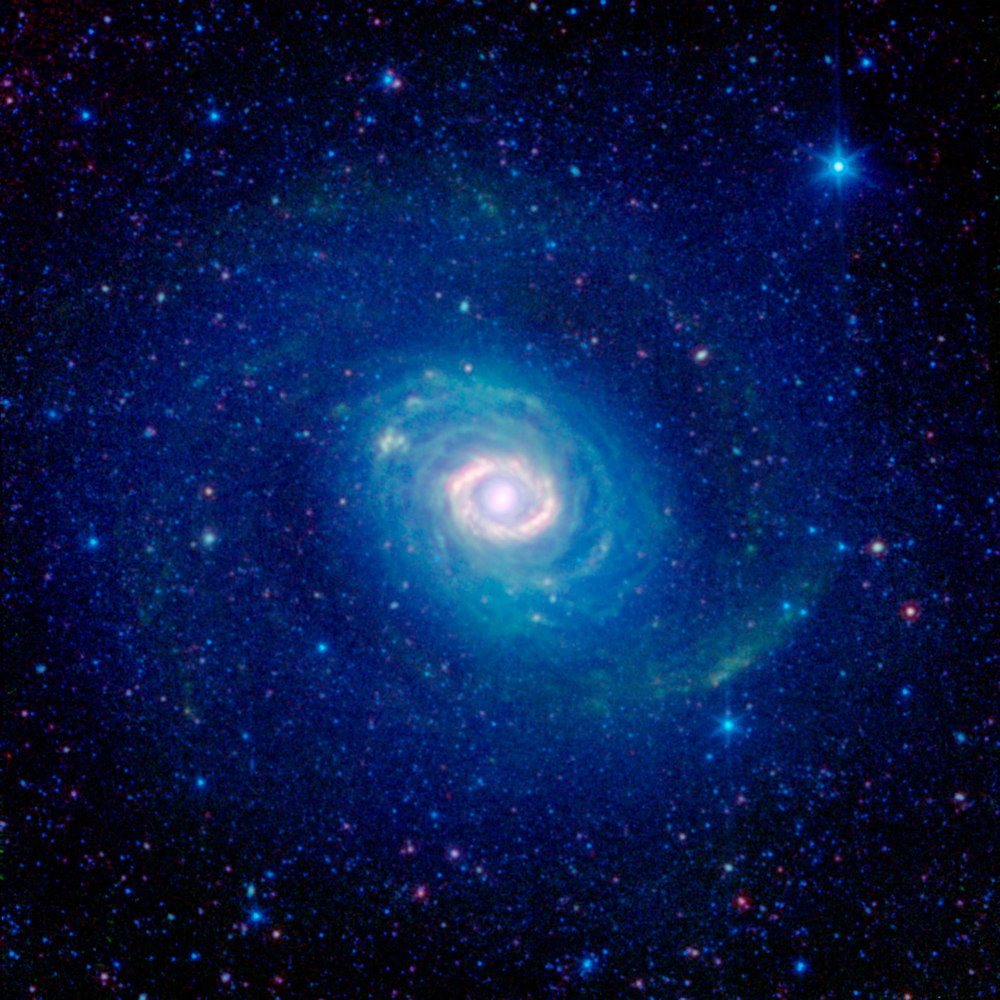
Friday, August 9, 2013: Galaxy Messier 94 (also known as NGC 4736) appeared historically to possess two quite different rings: a brilliant, compact band around the galaxy's core, and a faint, broad swath of stars outside its main disk. Astronomers recently discovered that the outer ring, seen here in a deep blue glow of starlight, might actually be an optical illusion. A new, more complete picture of Messier 94 indicates that two separate spiral arms, from our perspective, take on the appearance of a single, unbroken ring.
— Tom Chao
Watch the Sun
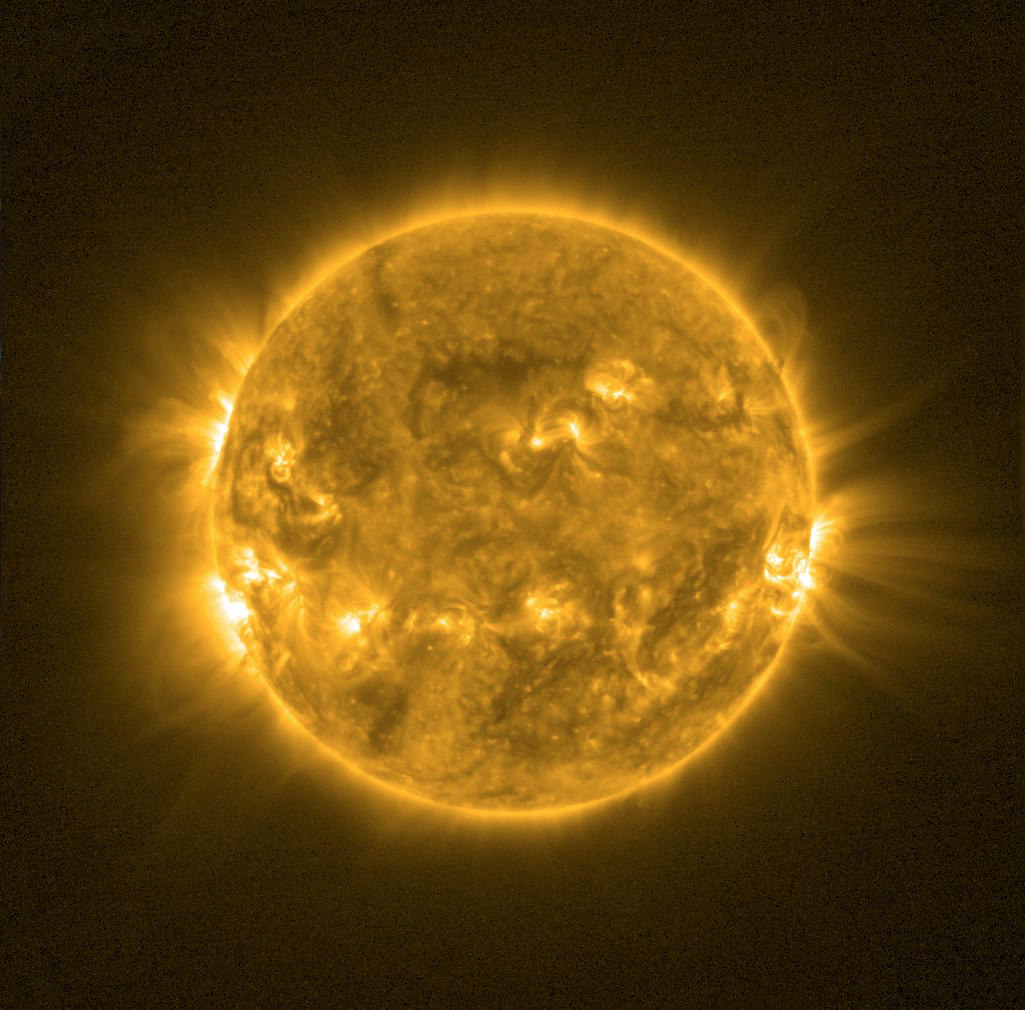
Monday, August 12, 2013: The SWAP instrument on board ESA's Proba-2 spacecraft saw the sun on July 30, 2013. SWAP stands for “Sun Watcher using Active Pixel System detector and Image Processing.” The instrument is a small telescope capturing the solar corona at wavelengths corresponding to temperatures of about a million degrees (around 17.1 nanometers). [Get our wallpaper of this image.]
— Tom Chao
Two of a Kind
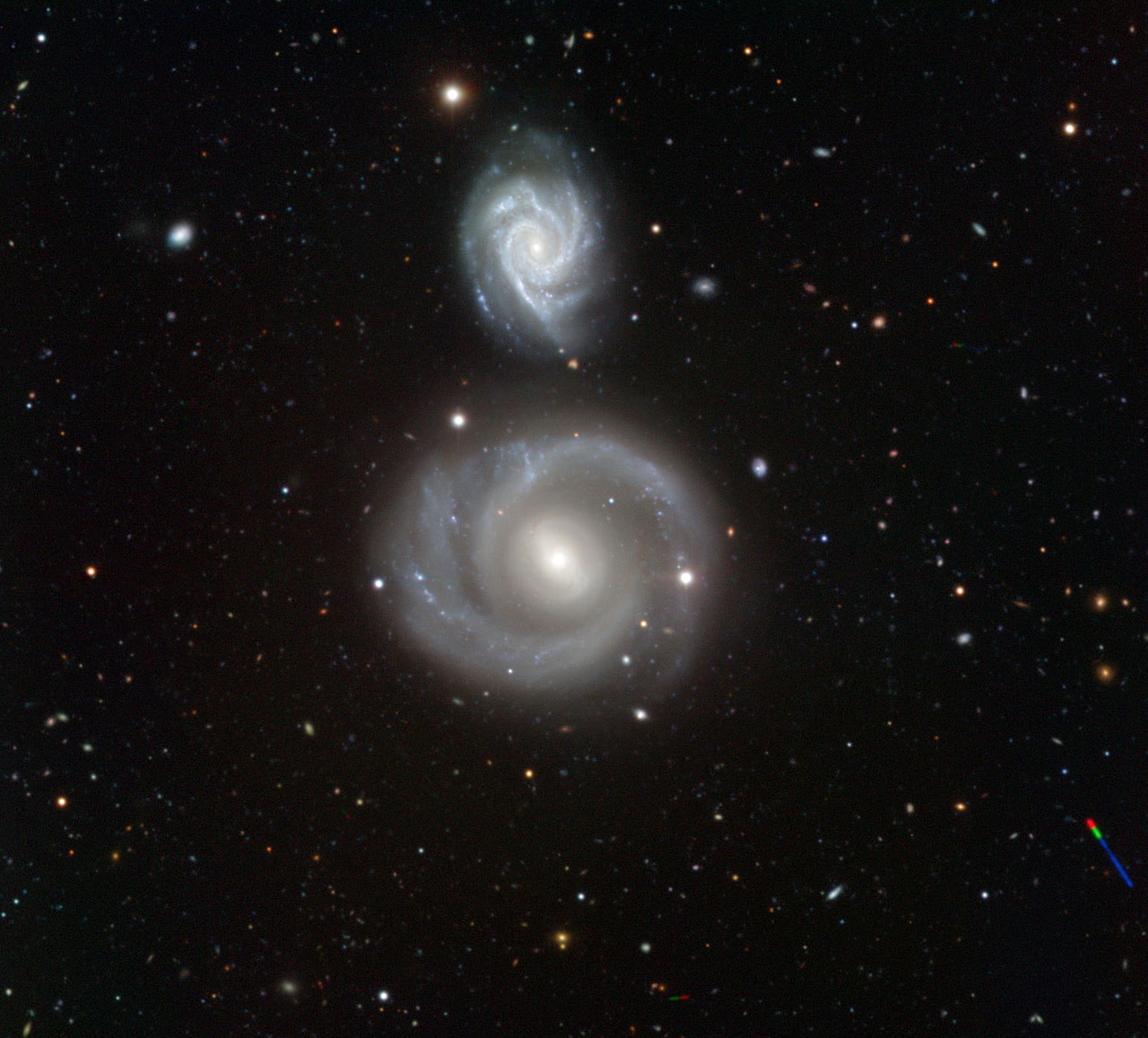
Tuesday, August 13, 2013: Galaxies NGC 799 (below) and NGC 800 (above) lie about 300 million light-years from Earth, in the constellation of Cetus (The Whale). These objects are spiral galaxies, with long arms winding towards bright bulges at their centers. NGC 799 possesses a bar structure, extending from its central bulge, and the spiral arms wind out from the ends of the bar. The small NGC 800 claims three bright spiral arms, whilst NGC 799 only owns two relatively dim, but broad spiral arms. As with all situations when two galaxies sit close enough together, possibly these two galaxies will interact over hundreds of millions of years through gravitational disturbances. Image released August 12, 2013.
— Tom Chao
How Many Stars?
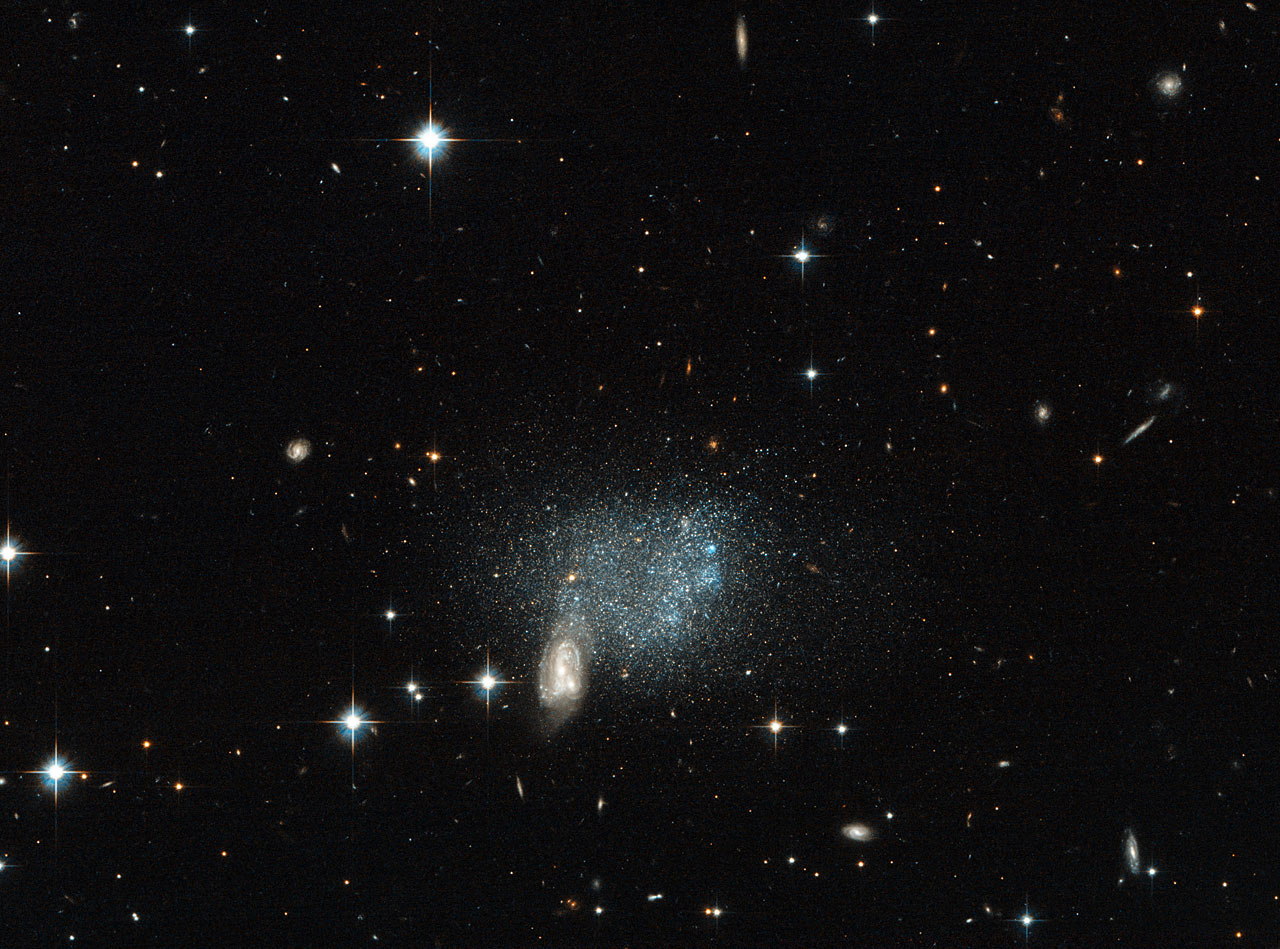
Wednesday, August 14, 2013: In this image, two spiral galaxies collide, however they lie millions of light-years away, far beyond the cloud of blue and red stars near the merging spiral. This sprinkling of stars is actually an isolated, irregular dwarf galaxy named ESO 489-056. This galaxy floats 16 million light-years from Earth in the constellation of Canis Major (The Greater Dog). It contains a few billion red and blue stars — a very small number when compared to galaxies like the Milky Way, estimated to contain around 200 to 400 billion stars, or the Andromeda Galaxy, which contains one trillion. Image released August 12, 2013.
— Tom Chao
Join our Space Forums to keep talking space on the latest missions, night sky and more! And if you have a news tip, correction or comment, let us know at: community@space.com.










